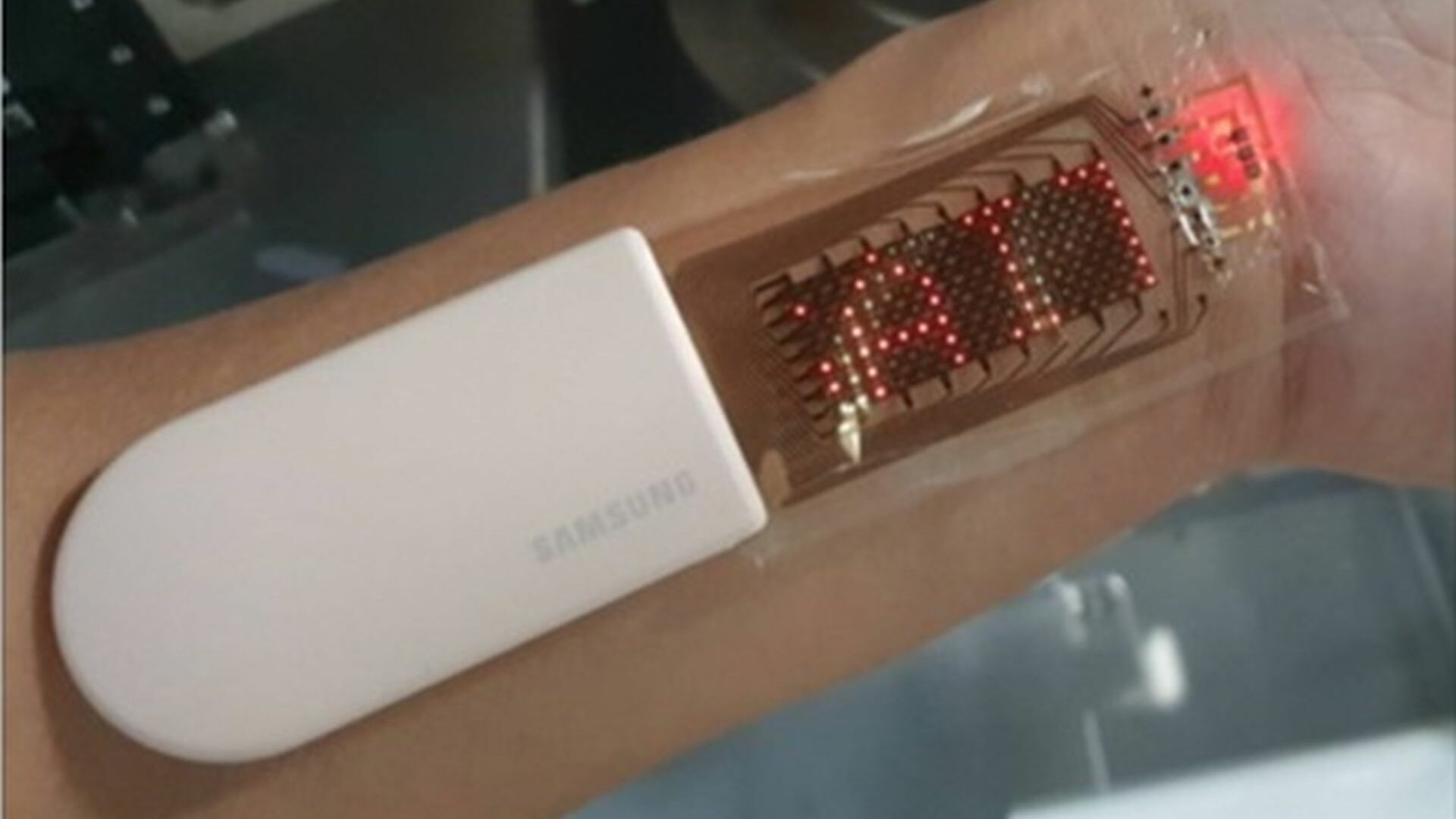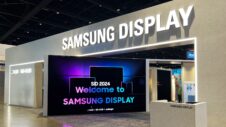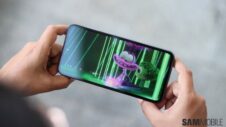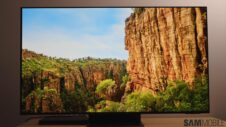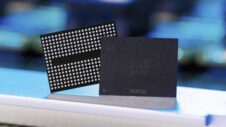We're in the midst of transitioning from rigid to foldable displays, as more OEMs are joining this emerging market in an attempt to compete with Samsung's Z series of flagships. The Korean tech giant has spearheaded the development of foldable display technology, but now, Samsung engineers are thinking about the next evolutionary step beyond foldable panels.
The full potential of foldable display technology has yet to materialize, but that hasn't stopped Samsung from thinking about the more distant future and what might be lying beyond foldables. And according to a new paper published by researchers at the Samsung Advanced Institute of Technology (SAIT) last week, stretchable OLED displays could become the next big thing after foldable OLED panels.
Samsung research team demonstrates stretchable OLED display on a heart rate monitor
So-called freeform displays that can be stretched in all directions like a rubber band could be the way of the future and the next evolutionary step as far as Samsung Display's ambitions are concerned.
Samsung recently demonstrated such a technology and published its research in the Science Advances Journal. The team claims to have achieved “stable performance in a stretchable device with high elongation.”
The team integrated a stretchable OLED display and a photoplethysmography sensor in a single device capable of measuring and displaying the user's heart rate in real time. In practice, a stretchable heart rate monitor can allow users to measure biometric data for longer periods of time without having to remove the device “since the patch feels like your skin.”
What's more is that the sensor was found to be more reliable and continued working stably even after it was stretched more than 1,000 times. In addition, the sensor is capable of picking up faint heartbeat signals more accurately.
Samsung researchers are hoping to further increase system resolution, stretchability, and measurement accuracy “to a level that makes mass production possible.” Furthermore, they aim for stretchable sensors and freeform displays to be used for monitoring other biometric data such as peripheral oxygen saturation and electromyogram readings.
The technology is in its early stages and it will probably take many years before we'll be talking about stretchable displays in relation to mobile devices such as wearables and smartphones. As a reminder, foldable displays were demonstrated and talked about for many years before Samsung was ready to bring the technology to the consumer market with the release of the original Galaxy Fold. But for what it's worth, the post-foldable future may very well be stretchable.
